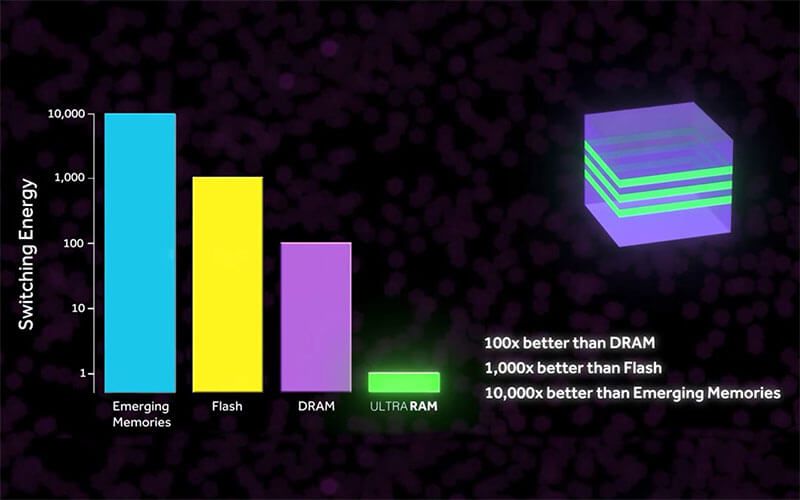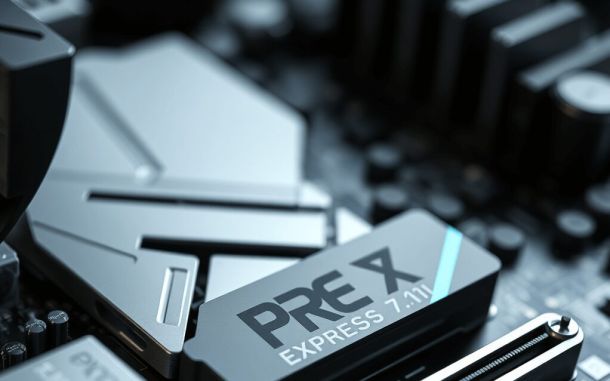ULTRARAM – Game change technology to your computer
A groundbreaking development has emerged in the realm of computer memory technology, promising a transformative leap in how data is stored and accessed.

Photo: ULTRARAM – technology that will revolutionize your computer
The innovative ULTRARAM, a creation born from the fusion of flash and DRAM technologies, has captured the attention of researchers and enthusiasts alike. This remarkable memory structure has the potential to allow a laptop to remain idle for an astonishing 1,000 years, only to be powered on again and continue seamlessly from where it left off.
The revelation was unveiled by Quinas Technology during the Flash Memory Summit. With its origins rooted in the University of Lancaster in England, this technological marvel owes its existence to Professor Manus Hayne of the university's physics department.
To provide some context, DRAM, or dynamic random-access memory, serves as volatile memory that rapidly accesses data to support the processor's critical functions. Yet, this component demands substantial energy to operate, and upon computer shutdown, the memory wipes clean, necessitating data reloading upon reboot.
In contrast, flash memory has been tailored to store substantial amounts of data—your games, photos, videos, software, and more. However, this memory type tends to be slower, causing a delay of several seconds during the computer's startup process as it loads all this data.
Enter ULTRARAM, a technological amalgamation designed to address these issues comprehensively. This volatile memory, while maintaining rapid accessibility, seamlessly doubles as storage. Impressively, the power consumption of ULTRARAM manages to be lower than that of both DRAM and flash memory combined, as reported by Quinas Technology.
The implications of ULTRARAM's capabilities are staggering. An illustrative example posits that a user could place their laptop in idle mode, only to return to their tasks 1,000 years later, picking up exactly where they left off. While this scenario may carry a touch of whimsy, it underscores the immense potential this technology holds.
However, it's important to note that ULTRARAM, for now, exists more as a concept than a product. The practical aspects, including mass production costs and integration into real-world devices such as smartphones and notebooks that require low energy consumption, remain to be explored.
While the ULTRARAM concept presents an exciting prospect for the future of computing, it also raises questions about the broader impact on data preservation and accessibility. If such a technology were to become a reality, it could revolutionize how we think about archiving information for generations to come. Imagine a world where digital records could be stored and accessed across centuries, enabling the preservation of knowledge and experiences on an unprecedented scale. However, as with any emerging technology, challenges such as compatibility, security, and ethical considerations will need to be carefully navigated before ULTRARAM's potential can be fully harnessed for the betterment of society and technology.




